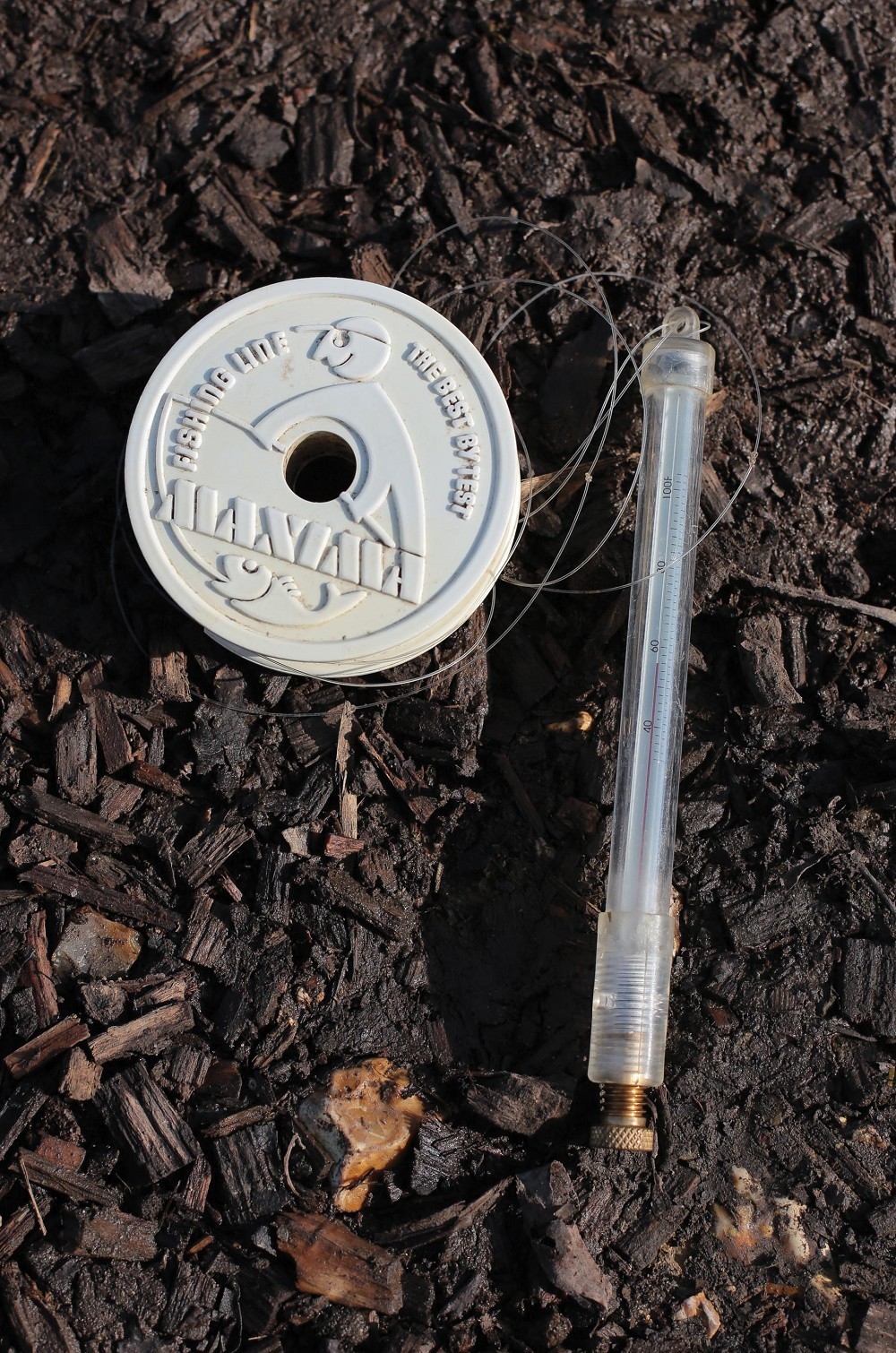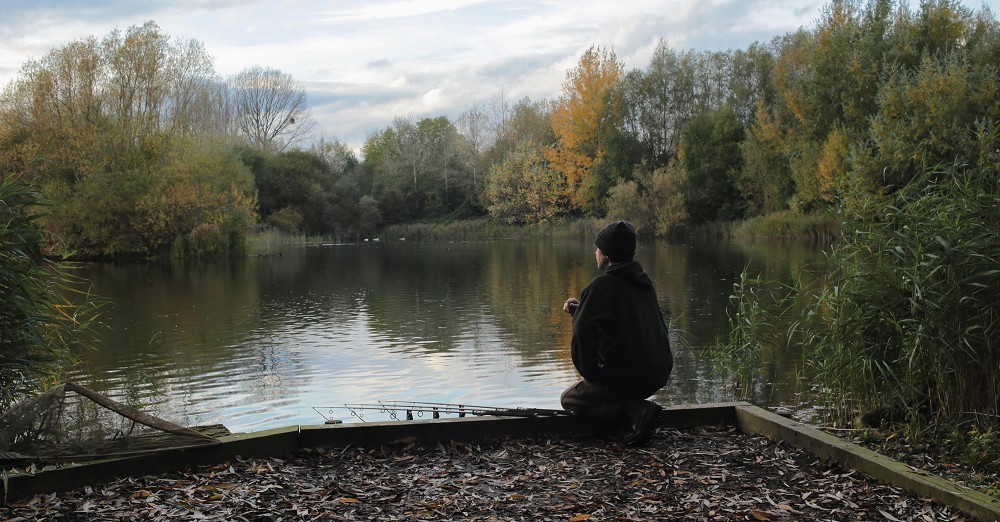
How big a part do water temperatures play?
Terry Hearn discusses the temperatures underneath...
Question: Over the last few years I have come to the conclusion that water temperature is the single biggest factor of carp feeding times. I spent a March logging temperatures and in old money 50-degrees was the key coming out of the winter. On the days that it crept above the magical figure during daylight hours the lake would do a bite or two. If we had a really cold night or there wasn’t any daytime sun warming the water then wouldn’t be any sign of the carp.
I think that a change in water temperature dictates feeding patterns all through the year and especially coming out of the autumn into winter. In the autumn months I am looking for a sudden drop in temperature to trigger the feed. In the summer the first light to mid-morning period is usually the coolest and therefore the most productive and I think that a pattern can be logically assumed all year round and all in direct relation to the below the surface temperatures.
I would be interested in the views and findings of the other contributors to the rotary.
I’ve not seen Jamie since Yateley days, so I’ll start off with a big “woi oi!” Water temperature certainly plays a big part, especially through the late autumn, winter and early spring. My thermometer doesn’t normally go in my bag until early November, and it’s normally put away again by early April, so I’ve not got a great deal to add when it comes to the summer months.
As Jamie says, first light, when the water is at its coolest, is generally the favourite feeding time in the summer on most waters. It’s also worth noting that it’s when photosynthesis comes back into play too.
Winter is when I pay most attention to water temperature, and at this time of the year I’m obviously looking for the slight rises. If I start taking the water temperature in say early November, then generally speaking, I’d normally expect a starting point of somewhere between 45-50f. Obviously it depends greatly on weather conditions, but over the following three or four weeks I’d expect to see some fluctuation and a gradual drop from whatever my starting temperature was, and certainly at this time of the year, that gradual drop is when a lot of big ‘uns slip up. It’s as though it acts as a trigger for that last big feed up before winter takes a hold, but I still think a gradual drop in the autumn is far better than a sudden drop. In my experience, three or four heavy November frosts on the trot don’t act as a trigger to get the big ‘uns feeding, instead they kill it for a bit, and from that point on I’m looking for the rises.
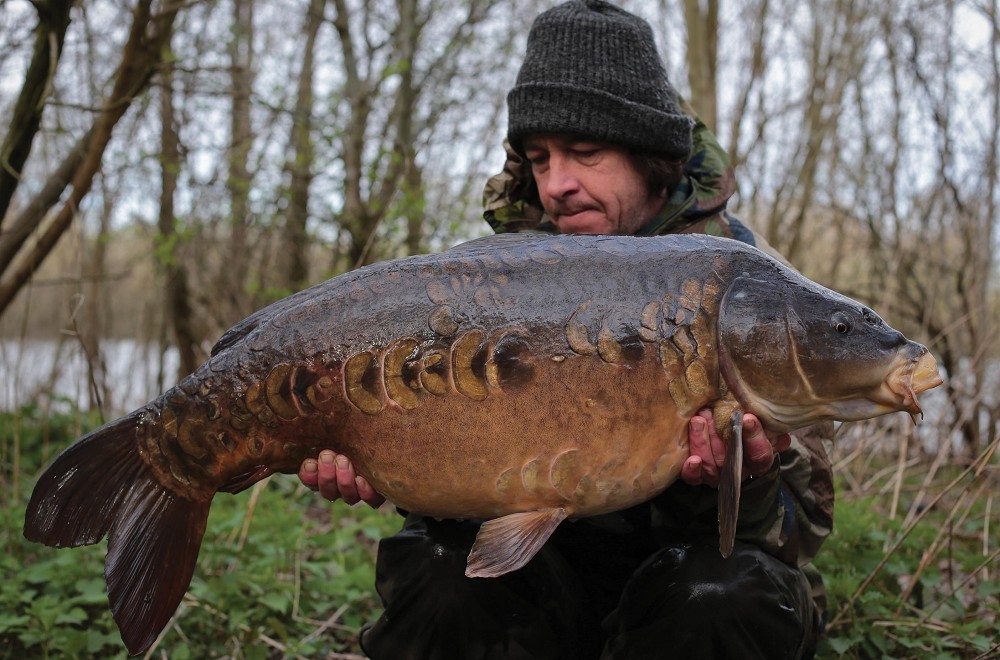 An April capture of Wasing’s Bi-Polar. By this time in the year my thermometer is generally left at home
An April capture of Wasing’s Bi-Polar. By this time in the year my thermometer is generally left at home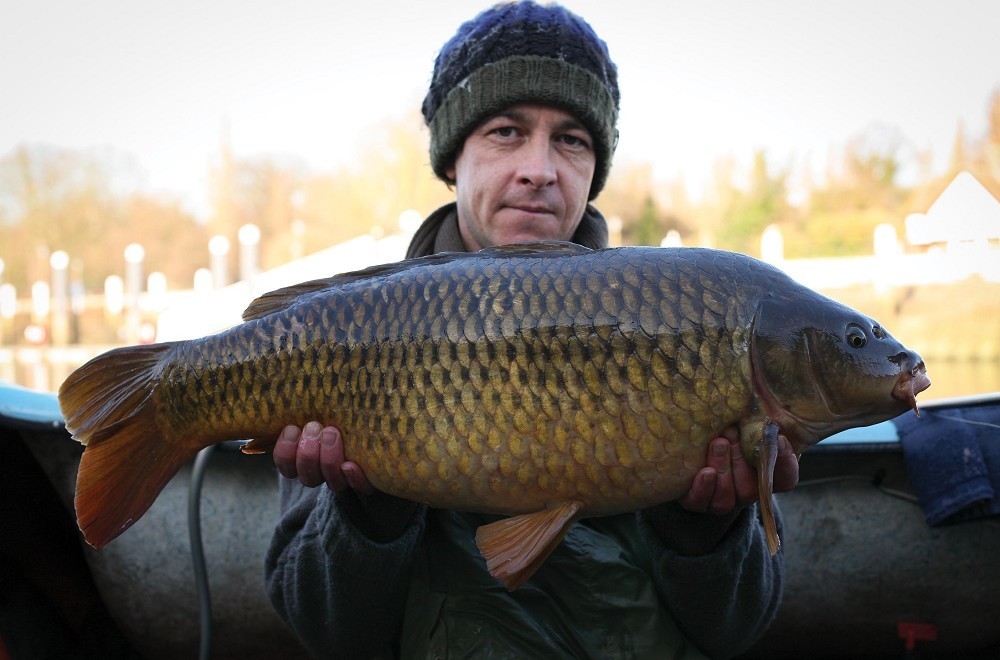 A cold water Thames common. Even when temperatures are low the rivers can often provide a chance or two
A cold water Thames common. Even when temperatures are low the rivers can often provide a chance or twoOne trip to Cranwells, this November just gone, I remember recording a water temperature of 43f at the start of my session, which was colder than expected. I’d not been there in two or three weeks and the weather had been a bit nippy throughout that time with little caught. Conditions were on the turn though, with drizzly rain and gentle, mild winds rolling in, and when I next took the temperature around 48hrs later I was amazed to see it had already risen to 47f. This was in the shallow margins on the end of the wind. The carp responded well, in fact that trip I saw so many showing that it was one of those occasions were I was struggling to make up my mind where to put the baits. In the end I couldn’t resist the closer shows over shallow ground for two of the rods, and I went on to winkle out a couple of lovely, scaley thirties, both from only 3ft 6” of water.
The bait fished further out in one of the deeper gullies caught nothing, and looking at it logically I wasn’t surprised. If the weather was for strong, mild gales then I might have expected those gullies to warm up faster, but mild as it was, the wind was only a gentle one, and for the first day or so it was only the shallows that truly benefitted. Whilst the shallows had already risen to 47f, the temperature in the deeper 8ft plus gullies would have barely changed at all, not without a good wind turning over the water.
The coldest water temperature I can remember catching from, on a stillwater, was 39f. I can think of other captures on flowing water where the air temperature may have been colder, but flowing waters often runs warmer, and although I never took the water temperature on those days I strongly suspect it was higher than imagined.
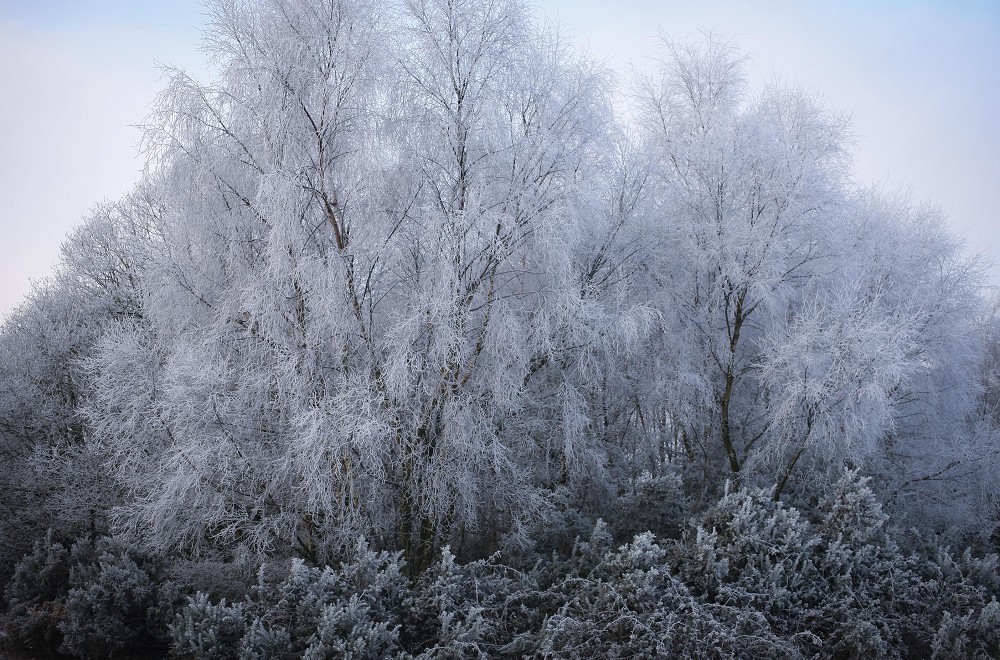 Heavy frosts are far more likely to slow the carp fishing down for a bit than bring them on the feed, but it’s also worth bearing in mind that the lower the water temperature drops too, the more significant the rise will be the next time it turns mild. That’s when you really want to be out
Heavy frosts are far more likely to slow the carp fishing down for a bit than bring them on the feed, but it’s also worth bearing in mind that the lower the water temperature drops too, the more significant the rise will be the next time it turns mild. That’s when you really want to be outI’ve not really got an exact minimum temperature figure in my head for whether I think there’s a chance or not. If it started at 39f and then rose to 41f I might feel more hopeful, but if it started at 43f and then dropped to 41f, then not so much. Like I say, in the winter I’m looking for the rises.
In some ways, how cold you can catch them in is very dependent on the stock and the spot that you’re fishing. If you’re expecting the carp to be active and you’re fishing a spot that requires them to travel to you, then obviously it’s far better for it to be mild. A mid-winter water temperature of 43f and above is always enough to lift my confidence and enough to tell me that the carp will be up and about. However, if for example you know of a snag bush, or maybe a reedbed, somewhere which always hold fish in the winter months, somewhere you can drop a bait very close to where the carp are living, then there’s no reason why they can’t be caught in colder conditions.
On one bit of canal that Nige and I used to fish whenever the weather was particularly cold, so long as we could get a bait in through the ice there was a chance. If you’re able to put a hookbait right on them then I think it’s still possible to catch them in very low water temperatures, although even then I can’t help wondering whether a shallow stream running through woodland and into the canal was helping to lift the afternoon temperature a bit in that last example.
Although I can remember one occasion where I had winter action at 39f, I’m much, much happier if it’s 41f or above. In my experience, 43f is good, and 44-45f is most definitely game on. Obviously I’m talking winter here, December, January and February.
A water temp of 50f in March is exceptional and in my own experience not that common. I’m wondering whether the example Jamie refers to is from 2012, as I recall recording a water temperature of 51f at Vinnetrow in March of that year, which stuck in mind as being particularly warm. Vinny is shallow and clear, and with daytime temperatures of 20şc plus each day for a week or more it was pretty unusual conditions. If I remember rightly, in complete contrast, April and May of that year turned out to be the wettest on record!



